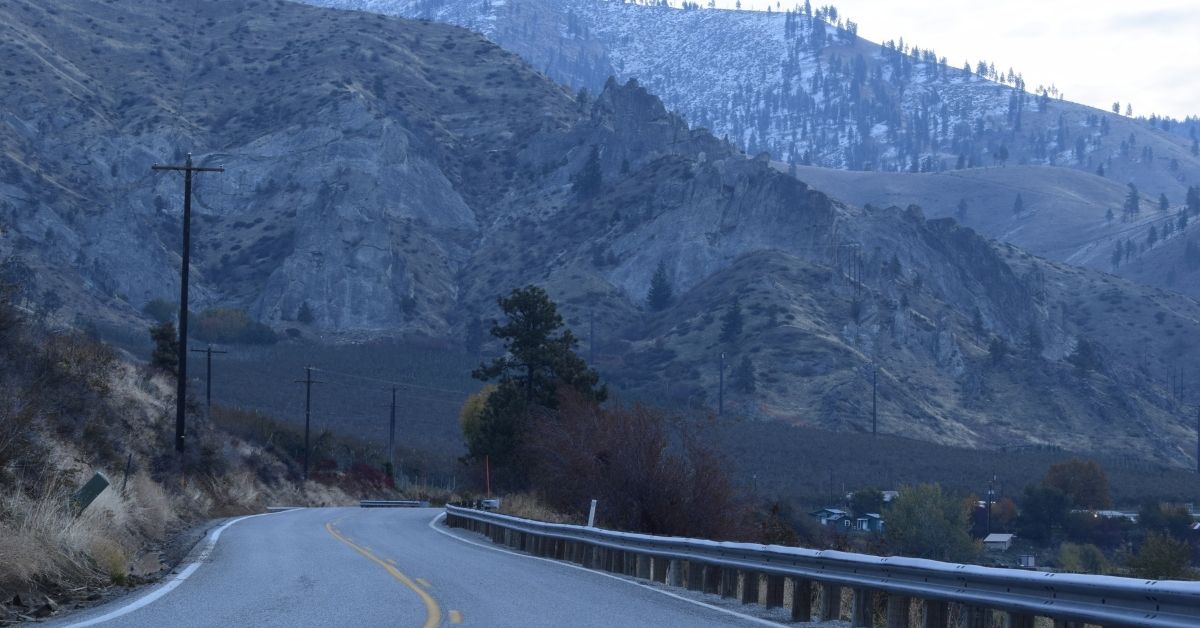When considering road safety, most people assume that urban areas—with their denser traffic, aggressive drivers, and complex intersections—are the most dangerous places to drive. However, research from the Utah Department of Public Safety (UDPS) paints a more nuanced picture. While urban areas do see a higher volume of crashes overall, rural areas often see more deadly outcomes when collisions occur. For instance, the 2018 Crash Summary indicated that rural crashes were 2.8 times more likely to be fatal than urban crashes.
So, does your location influence your risk of being seriously injured or killed in a motor vehicle accident? The data suggests the answer is yes—and the results may surprise you.
Urban vs. Rural Designations in Utah
In Utah, only 5 of the 29 counties are considered “urban,” based on a population density of more than 100 people per square mile. Counties with fewer than 99 people per square mile are labeled as “rural,” and those with fewer than 6 are categorized as “frontier.” Despite the fact that these rural and frontier counties make up most of the state geographically, about 80% of Utah’s population lives in urban counties.
At first glance, this might lead you to believe that urban areas—with more people, more traffic, and more vehicles on the road—would see the worst traffic outcomes. In terms of total crashes, this is true: urban areas consistently report more motor vehicle collisions each year. However, fatality rates tell a different story.
Crash Data: Urban vs. Rural
Crash summary data compiled by the Utah Department of Public Safety in 2006, 2013, and 2018 highlights important trends in traffic fatalities:
- Urban areas consistently reported a higher number of total crashes.
- However, fatal crash rates were higher in rural areas, even though they experienced fewer overall incidents.
- In 2006, a crash in a rural area was 3.5 times more likely to be fatal than in an urban area.
- By 2018, this number had decreased slightly, but rural crashes were still 2.8 times more likely to result in death.
This contrast between crash frequency and fatality likelihood shows that although urban drivers may be more likely to get into minor fender-benders, rural drivers face a significantly greater risk of severe injury or death in an accident.
Why Are Fatal Crashes More Common in Rural Areas?
There are several interconnected factors that contribute to the higher rate of deadly collisions in rural regions:
1. Road and Environmental Conditions
Rural roadways often present unique hazards not typically found in urban environments. These include:
- Narrower lanes
- Unpaved or poorly maintained surfaces
- Sharp curves and limited visibility
- Increased presence of wildlife crossing the road
- Less lighting, especially at night
These conditions increase the chances of single-vehicle accidents, rollovers, and high-speed crashes—all of which can have fatal outcomes.
2. Seat Belt Usage
One of the most alarming statistics reported by the UDPS is the lack of seat belt use in rural areas. Data shows that drivers and passengers in rural Utah are 3.4 times more likely not to be wearing a seatbelt at the time of a crash. This is a critical factor, as:
- Unrestrained occupants are nearly 14 times more likely to die in a crash compared to those who are buckled up.
- Seat belts significantly reduce the risk of being ejected from a vehicle during a collision—a leading cause of death in serious crashes.
Encouraging consistent seat belt use is one of the most effective strategies for reducing rural traffic fatalities.
3. Longer Emergency Response Times
In many rural and frontier areas, emergency medical services are limited. Hospitals and trauma centers may be located far from the crash site, and ambulances often have to cover long distances to reach victims.
A 2017 national study on emergency response found that longer wait times for EMS significantly increase the likelihood of death following a car accident. In rural settings, response times can be more than double those in urban areas, meaning victims may not receive critical care in time to prevent fatal outcomes.
What This Means for Utah Drivers
Understanding the risks associated with your driving environment is essential for staying safe. Here are a few key takeaways:
- If you live in or travel through rural areas frequently, exercise extra caution—especially on unfamiliar or poorly maintained roads.
- Always wear your seat belt, no matter how short the trip or how familiar the route.
- Drive defensively and be aware of potential hazards like wildlife crossings or sharp curves.
- If possible, carry a basic emergency kit in your vehicle, including a first aid kit, flashlight, water, and reflective warning triangles—especially when traveling in remote areas.
Steele Adams Hosman Is Here to Support You
Losing a loved one in a traffic accident is one of the most devastating experiences a family can endure. At Steele Adams Hosman, we understand that the grief, confusion, and financial strain that follow can be overwhelming. That’s why our experienced legal team is dedicated to helping families navigate the aftermath of a fatal crash—whether it occurred in a rural stretch of highway or a busy city street.
While no legal action can replace the loss of a loved one, filing a wrongful death claim may help you:
- Secure compensation for medical bills and funeral costs
- Recover lost income and benefits
- Hold negligent parties accountable
- Achieve a sense of justice and closure
Let us help you carry the burden. Schedule a free consultation with a compassionate member of our team today by calling (801) 999-1506 or filling out a short form on our website.




